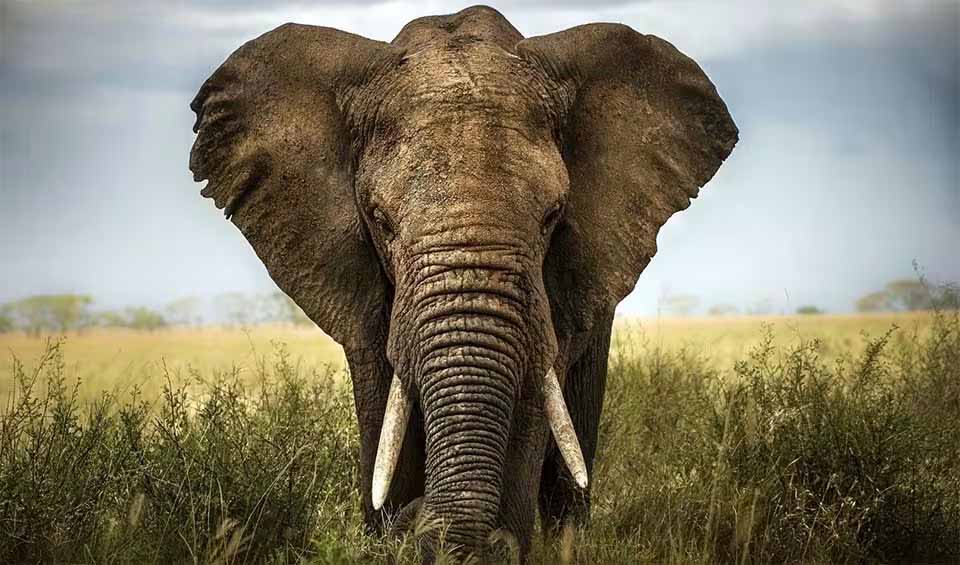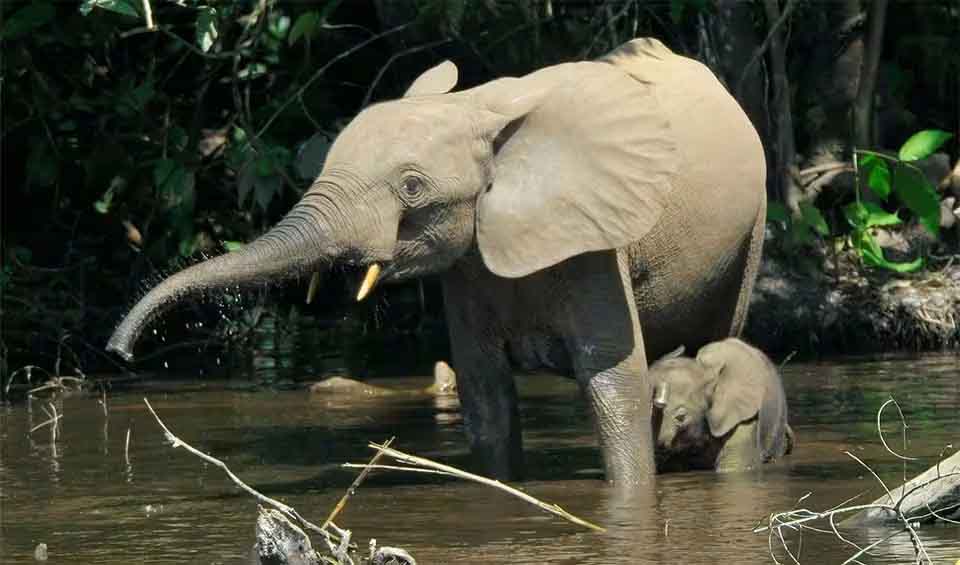Elephants of the world
Are you aware that elephants, besides being the largest land animals on Earth, are among the most intelligent and socially complex? Did you know that they communicate in a way that humans can’t hear and possess an incredible memory that allows them to recall food and water sources even years later? Were you aware they are among the few animals that can recognize themselves in a mirror? And have you considered their role as ecosystem engineers and keystone species?
These gentle giants have inspired awe and admiration for centuries, but their future hangs in the balance.
They are important seed dispersers, maintain the genetic diversity of plant species, and help restore degraded habitats; studies have shown that areas with high elephant populations tend to have greater biodiversity. Preserving the elephant population not only safeguards the survival of these majestic creatures but also shields the delicate ecological balance that relies on their existence.
Human activities, such as deforestation and urbanization, have made it increasingly difficult for elephants to access resources, putting their survival at risk.
From the savannas of Africa to the forests of Asia, all three species of elephants face unprecedented threats from habitat loss, human-wildlife conflict, and poaching. But as Jane Goodall once said, ‘Only if we understand can we care. Only if we care will we help. Only if we help shall they be saved.’
Let’s take a closer look at these remarkable creatures to understand their vital role in their ecosystems and the urgent need for conservation action to ensure their survival.



